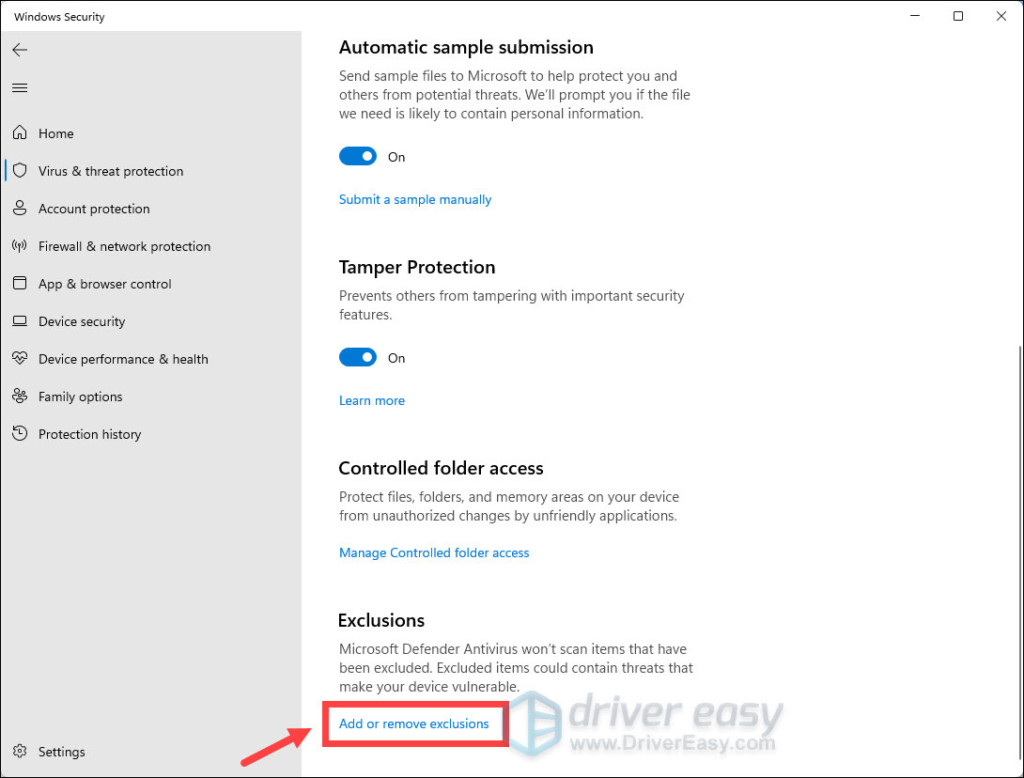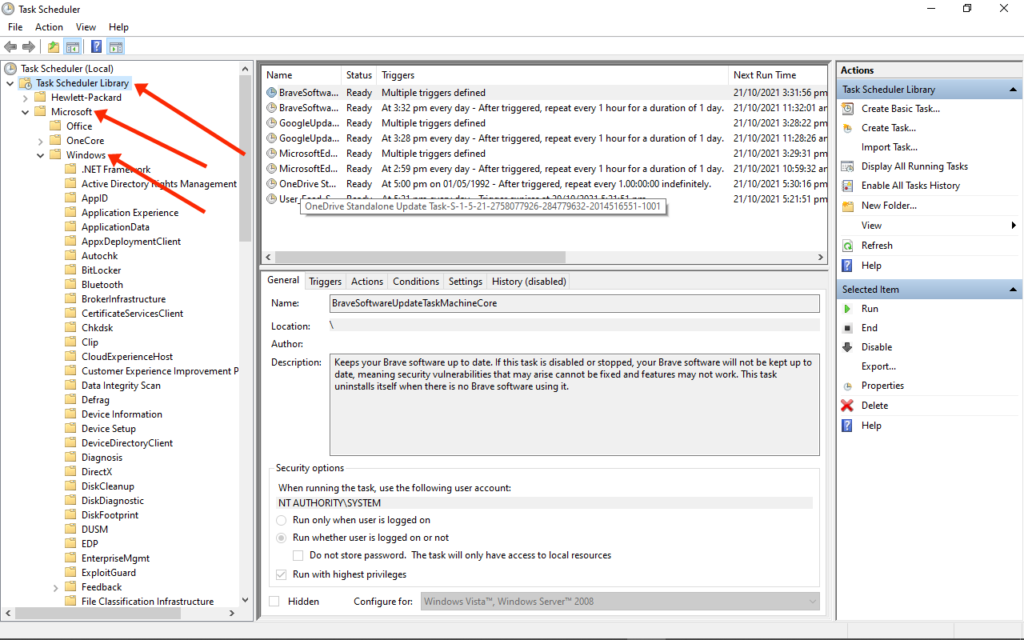
Does it seem like your Windows computer is working slower than it used to? Does your task manager show that the antimalware service executable process is using high CPU disk usage? Know this: You’re not the only one. It’s good that there are several ways to fix this problem that a lot of Windows users have.
Antimalware Service Executable is using a lot of CPU power and this is a big problem. We’ll look at why and give you some useful ways to fix it.
What is Antimalware Service Executable or MsMpEng.exe?
Let us first talk about what antimalware service executable is and why it uses so much CPU power before we get to the answers. This is a service that runs in the background of Windows Defender, which is Windows’ built-in security software.
It is also known as MsMpEng.exe. Its main job is to check your computer for malware, spyware, and other bad software. Antimalware service executable will run and do a scan to find and get rid of any threats whenever you open files or websites that could be harmful.

Why Does Antimalware Service Executable Use a Lot of CPU?
The scanning process is the main reason why the antimalware service executable uses so much CPU power. Security software checks your computer all the time for malware and protects it in real time to make sure it is safe.
A lot of CPU power is needed for this constant scanning and monitoring, especially when the system is scanning and when new files are being viewed. Antimalware service executable may also use more CPU if certain things are present, like old standards, software that doesn’t work well together, or damaged files.
Methods to Fix the Antimalware Service Executable High CPU Usage Issue (7 Fixes)
At this point, we know why antimalware service executable is using so much CPU power. Let’s look at some good ways to fix this problem. Simply follow the steps to fix the issue and make your computer run better.
Change Windows Defender’s Schedule
Changing the time that Windows Defender scans should be one of the first things you try. By changing the plan, you can make sure that the scanning process doesn’t slow down your computer when it’s being used a lot. How to do it:
- Press the Windows logo key and R simultaneously to open the Run dialog box.
- Type taskschd.msc and press Enter to open the Task Scheduler.

- In the Task Scheduler window, navigate to Task Scheduler Library > Microsoft > Windows.
- Double-click on Windows Defender and then double-click on Windows Defender Scheduled Scan.
- Uncheck the Run with highest privileges option.

- Uncheck all the items in the Conditions section.
- Click OK to save the changes.
Add Antimalware Service Executable to Windows Defender Exclusion List
Adding antimalware service to Windows Defender’s “exclusion list” is another good way to drop its CPU usage. This stops Windows Defender from checking the file, so it doesn’t do any unnecessary scans that can make the CPU work hard. How to do it:
- Open the Start menu, type Virus & threat protection, and click on Virus & threat protection settings.
- Scroll down and click on Manage settings under Virus & threat protection settings.
- Click on Add or remove exclusions.

- Click on Add an exclusion and select Folder from the drop-down menu.
- Enter the following path: C:\Program Files\Windows Defender.
- Restart your computer and check if the CPU usage has decreased.
Adding Antimalware Service Executable to the exclusion list prevents unnecessary scans, reducing CPU usage and improving overall system performance.
Disable Real-Time Protection
If you turn off real-time protection in Windows Defender, the service will use a lot less CPU. Bear in mind, though, that turning off real-time security leaves your computer open to malware and other threats. Temporarily use this method if your CPU is being overworked and you need to stop it right away. This is how you turn off real-time protection:
- Open the Start menu, type Virus & threat protection, and click on Virus & threat protection settings.

- Scroll down and click on Manage settings under Virus & threat protection settings.
- Toggle off the switch for Real-time protection.
Update Windows and Windows Defender
Sometimes, old apps can make the CPU work a lot. You should make sure that both Windows and Windows Defender are up to date. Microsoft usually puts out updates that fix bugs and make things run better. How to keep Windows and Windows Defender up to date:
- Open the Start menu, click on the Settings gear icon, and select Update & Security.
- Click on Windows Update from the left pane.
- Click on Check for updates and allow Windows to search for available updates.
- If updates are found, click on Download and install to install them.
Use an Alternative Antivirus Software
If the problem with the CPU being used too much still exists after trying the above solutions, you might want to try a different security program. There are a number of trustworthy third-party antivirus apps that offer strong protection without using too much CPU power. You should do some research and pick an antivirus program that works well and meets your wants.
Perform a System File Check
Antimalware service executables can also use a lot of CPU power when system files are damaged. A system file check can help find and fix any damaged files that might be the cause of the problem. This is how you do a system file check:
- Open the Start menu, type Command Prompt, and right-click on Command Prompt from the search results.
- Select Run as administrator to open Command Prompt with administrative privileges.
- In the Command Prompt window, type sfc /scannow and press Enter.
- Wait for the system file check to complete. It may take some time.
- Once the process is complete, restart your computer and check if the CPU usage has improved.
Disable Windows Defender
If none of the above solutions fixed the problem with the CPU being used too much, you could temporarily turn off Windows Defender. You should only turn off Windows Defender as a last option and if you already have another antivirus program installed. Here’s how to turn off Windows Defender:
- Open the Start menu, click on the Settings gear icon, and select Update & Security.
- Click on Windows Security from the left pane.
- Click on Virus & threat protection and then click on Manage settings.
- Toggle off the switch for Real-time protection.
How to Disable the Antimalware Executable?
Disabling the Antimalware Executable, also known as MsMpEng.exe, can be done through two options. Don’t worry if one way doesn’t work. If you need help, you can always get it.
Turning off the real-time protection
With real-time protection, Windows Defender can scan files all the time in the background, keeping you safe in case malware gets into your system.
- Type Windows Security into the Start menu and then press enter. Pick the first choice.
- On the sidebar, you can find virus and threat prevention.
- Click the Manage Settings link under Virus and threat prevention settings.
- Flip the Real-time threat prevention switch so that it is not on.
- Remember that this is only a short-term solution. Windows will restart the real-time protection process on its own.
Using the Registry Editor to Turn Off
If you want to turn Defender off for good, you can do it in the Windows settings.
- Go to the Start menu and look for Registry Editor.
- Find HKEY_LOCAL_MACHINE in the left. Software, Microsoft, and Windows Defender should be the first
- things you see in the menu.
- Window Defender is a folder. Right-click it and select “New,” then “DWORD (32-bit).” Worth of
- Type “DisableAntiSpyware” into the value box. Put 1 in Value Data.
- Make sure to save the changes after you press OK. After making these changes, you will need to restart your machine.
Also Read: Killer Network Service: Is It Bad? Fix it’s High CPU Usage
In Summary
The high CPU usage of antimalware service executable can have a big effect on how well your computer works. By using the tips in this blog post, you can successfully lower the amount of CPU time that antimalware uses and make your system run faster. Make sure that your security software and Windows operating system are always up to date to protect yourself from malware and other threats.

![How to Pause Location on Find My iPhone Without Them Knowing? [2024] 26 how to pause location on find my iphone](https://izood.net/wp-content/uploads/2024/10/How-to-Pause-Location-on-Find-My-iPhone-Without-Them-Knowing-400x300.png)


![How To Inspect Element on iPhone [4 Methods] 29 how to inspect element on iphone](https://izood.net/wp-content/uploads/2024/10/how-to-inspect-element-on-iphone-3-400x300.png)


